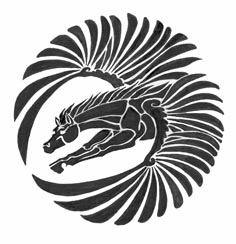A half-century ago today — April 26, 1962 — a Thor-Delta rocket lifted off from Cape Canaveral, carrying the Ariel-1 spacecraft into orbit.

(Ariel-1 display model. Smithsonian National Air & Space Musuem Steven F. Udvar-Hazy Center image.)
In addition to being the United Kingdom’s first satellite, Ariel-1 was also the first international satellite: a joint project in which NASA’s Goddard Space Flight Center built the satellite body and Britain supplied the scientific instruments. It carried “a tape recorder and instrumentation for one cosmic-ray, two solar emissions, and three ionospheric experiments.”
Interestingly, the model on display at the National Air & Space Musuem “was rebuilt from original parts by technicians at GSFC.” That’s pretty cool.
Five years later, on April 26, 1967, the Italian satellite San Marco-2 became the first spacecraft launched from the San Marco Launch Platform, which was built atop an old oil platform off the coast of Kenya. (San Marco-1 had been launched from Wallops Island, Virginia.)
















